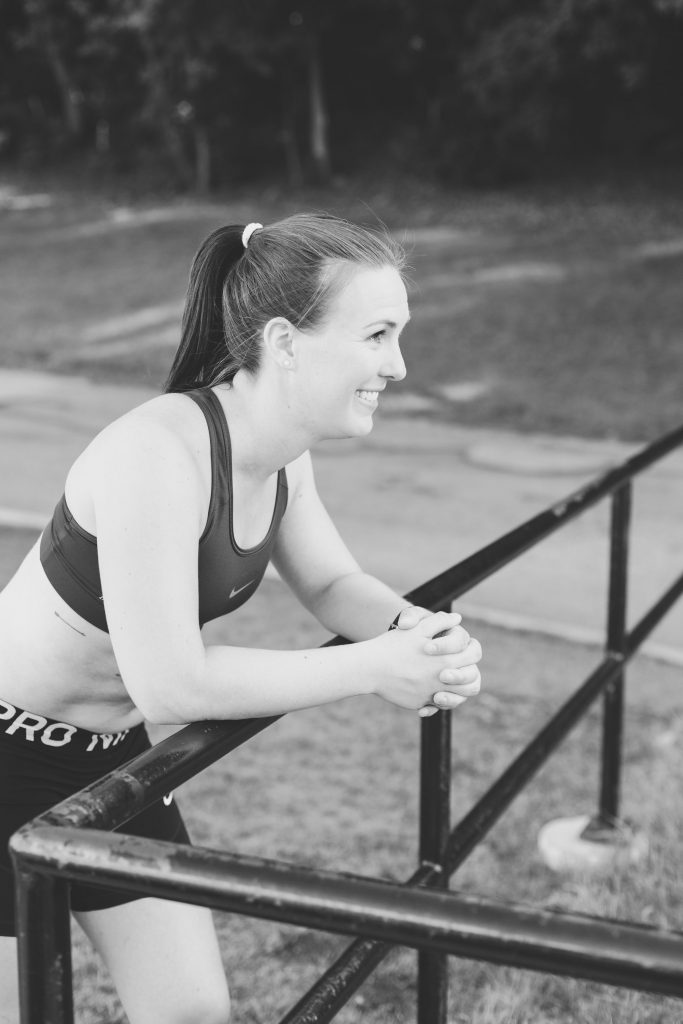Beginning my personal experimentation with meditation, I wanted to ensure I had structure as to how I was going to execute my plan in order to make the most of this experience.
Step 1. Immerse yourself in literature.
Through discussions with friends, who have greater experience with mindfulness and meditation practices, a mini-library with four titles was built. I sought to diversify the mindfulness topic that each writing in my collection focuses on. The authors are respected experts in their various fields and I have been (literally) highlighting pieces of texts I find to be of personal interest as I keenly attempt to absorb these teachings. Voila two titles and my (current) favourite “highlights.”
Radical Acceptance: Embracing your life with the Heart of a Buddha (Tara Brach, PH.D.)
“….true freedom is being without anxiety about imperfection….Imperfection is not our personal problem — it is a natural part of existing”
Real Love: The Art of Mindful Connection (Sharon Salzberg)
loving yourself is holding yourself accountable to being the best you can be in your life.
Step 2. Decide on a meditation type.
Thanks to running it was quite easy to decide on the meditation type I wanted to experiment with for this project. I have an inventory of phrases I rely on to pull me through workouts when the going gets tough and the body gets lactic. A rich catalog has been built over my years as a runner and the phrases I use vary depending on circumstance.
For example? When finishing a race and my body feels like I can’t take another step I repeat: “You didn’t come this far, just to come this far.”
When racing on the track and my distance is broken down into laps, let’s say 4 X 400 for a mile, I repeat: “This lap now,” to focus on the present.
The cognitive habits I incorporate in my running overlap really well into mantra recitation. Mantra meditation can be defined as repeating a word or phrase silently to focus the mind in the same way one does when paying attention to your breath.
Given that my mind is in constant chatter, having a mantra to repeat is like giving an untrained puppy a bone to chew on.
There are different interpretations and types of mantras. Sanskrit mantras have a thousand year rich history and can keep the mind’s attention because of their unfamiliarity. I’ve chosen to approach my practice with personalized affirmation-type mantras that I match to my breathing.

Step 3. Create a space.
Residing in a one bedroom condo limits access to space. Ultimately, I placed my yoga mat along a wall in my room next to a plant display for my practice.
Step 4. Decide how to incorporate meditation into your running routine.
Sunday evenings is usually when I sit down and look at my training for the week. I pull out my calendar and plug in the runs and/or workouts that I need to do. With the good fortune of being on summer holidays I don’t need to necessarily get in a run at a certain time of day. I use this flexibility to head out for my run at the time of day that happens to suit my schedule that day. Now, with meditation as part of the training, I’m going to ensure that after my shower that I then take the following slot of time to meditate. Routine set!
Step 5. Execute. Reflect. Document. Grow.
One week in. Has there been a bolt of lightning or breakthrough moment? Not particularly. But, I think it’s important to look at this experiment and practice as a longer-term and profound shift. It may be naive to think that results will miraculously appear in the 5 minutes/day I’ve been setting aside. Instead, I’m going to stay tuned to see where this meditation practice does show up in my life (and running!). Which of course, is where it counts.
Deep breath.
Photographs by Valerie Miles.






 Current Issue
Current Issue Previous Issue
Previous Issue Prior Release
Prior Release
